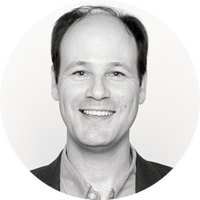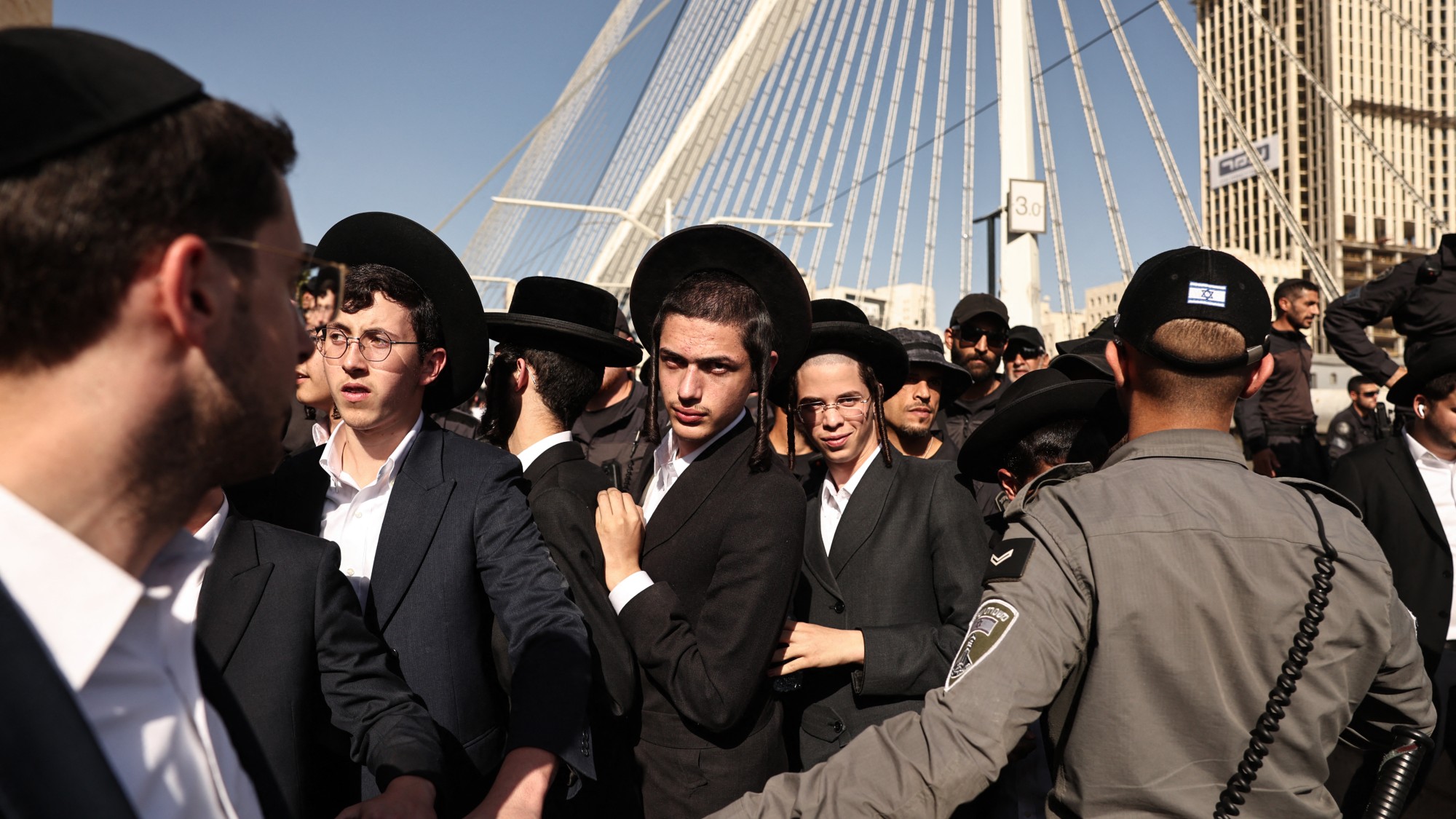NASA unveils stunning image of the Pillars of Creation star factory from the Webb Space Telescope

NASA on Wednesday released a vibrant new image of the Pillars of Creation, a star factory in the Eagle Nebula, some 6,500 light-years away. The image, captured by the James Webb Space Telescope's Near Infrared Camera, adds detail and color to the captivating photo of the Pillars taken by the Hubble Space Telescope in 1995.

The Pillars of Creation, "set off in a kaleidoscope of color" in this new image, "look like arches and spires rising out of a desert landscape, but are filled with semi-transparent gas and dust, and ever changing," NASA said. "This is a region where young stars are forming — or have barely burst from their dusty cocoons as they continue to form."
The "newly formed stars are the scene-stealers in this image," NASA added, pointing to "the bright red orbs that typically have diffraction spikes and lie outside one of the dusty pillars. When knots with sufficient mass form within the pillars of gas and dust, they begin to collapse under their own gravity, slowly heat up, and eventually form new stars." The U.S. space agency offered a brief guided video tour of the Pillars of Creation, where, NASA says somewhat whimsically, "scores of newly formed stars glisten like dewdrops."
The Week
Escape your echo chamber. Get the facts behind the news, plus analysis from multiple perspectives.

Sign up for The Week's Free Newsletters
From our morning news briefing to a weekly Good News Newsletter, get the best of The Week delivered directly to your inbox.
From our morning news briefing to a weekly Good News Newsletter, get the best of The Week delivered directly to your inbox.
The Webb telescoped had a "stupendously successful" launch on Christmas Day last year, "after 20 years and some $10 billion," Dennis Overbye writes at The New York Times, and it "has proved its worth. In the last few months it has dazzled astronomers with new views of a universe that they thought they knew: galaxies and stars at the edge of time, only a few hundred million years after the Big Bang; spooky pictures of planets like Neptune and Jupiter; delicate probes of the atmospheres of exoplanets that are possible lairs of alien life-forms; a view of detritus from a small asteroid just after the NASA DART spacecraft, practicing planetary defense, intentionally smashed into it; and cosmic landscapes like the Pillars of Creation or the cosmic cliffs of the Carina Nebula, emphasizing the immense scale and fragile drama of the cycles of creation and destruction that characterize the seasons of existence in our galaxy."
A free daily email with the biggest news stories of the day – and the best features from TheWeek.com
Peter has worked as a news and culture writer and editor at The Week since the site's launch in 2008. He covers politics, world affairs, religion and cultural currents. His journalism career began as a copy editor at a financial newswire and has included editorial positions at The New York Times Magazine, Facts on File, and Oregon State University.
-
 Political cartoons for December 13
Political cartoons for December 13Cartoons Saturday's political cartoons include saving healthcare, the affordability crisis, and more
-
 Farage’s £9m windfall: will it smooth his path to power?
Farage’s £9m windfall: will it smooth his path to power?In Depth The record donation has come amidst rumours of collaboration with the Conservatives and allegations of racism in Farage's school days
-
 The issue dividing Israel: ultra-Orthodox draft dodgers
The issue dividing Israel: ultra-Orthodox draft dodgersIn the Spotlight A new bill has solidified the community’s ‘draft evasion’ stance, with this issue becoming the country’s ‘greatest internal security threat’
-
 Blue Origin launches Mars probes in NASA debut
Blue Origin launches Mars probes in NASA debutSpeed Read The New Glenn rocket is carrying small twin spacecraft toward Mars as part of NASA’s Escapade mission
-
 ‘The Big Crunch’: why science is divided over the future of the universe
‘The Big Crunch’: why science is divided over the future of the universeThe Explainer New study upends the prevailing theory about dark matter and says it is weakening
-
 Dinosaurs were thriving before asteroid, study finds
Dinosaurs were thriving before asteroid, study findsSpeed Read The dinosaurs would not have gone extinct if not for the asteroid
-
 The moon is rusting
The moon is rustingUnder the radar The Earth is likely to blame
-
 Panspermia: the theory that life was sent to Earth by aliens
Panspermia: the theory that life was sent to Earth by aliensUnder The Radar New findings have resurfaced an old, controversial idea
-
 Africa could become the next frontier for space programs
Africa could become the next frontier for space programsThe Explainer China and the US are both working on space applications for Africa
-
 SpaceX breaks Starship losing streak in 10th test
SpaceX breaks Starship losing streak in 10th testspeed read The Starship rocket's test flight was largely successful, deploying eight dummy satellites during its hour in space
-
 Hurricanes are not exclusive to Earth. They can happen in space.
Hurricanes are not exclusive to Earth. They can happen in space.Under the radar These storms may cause navigational problems

